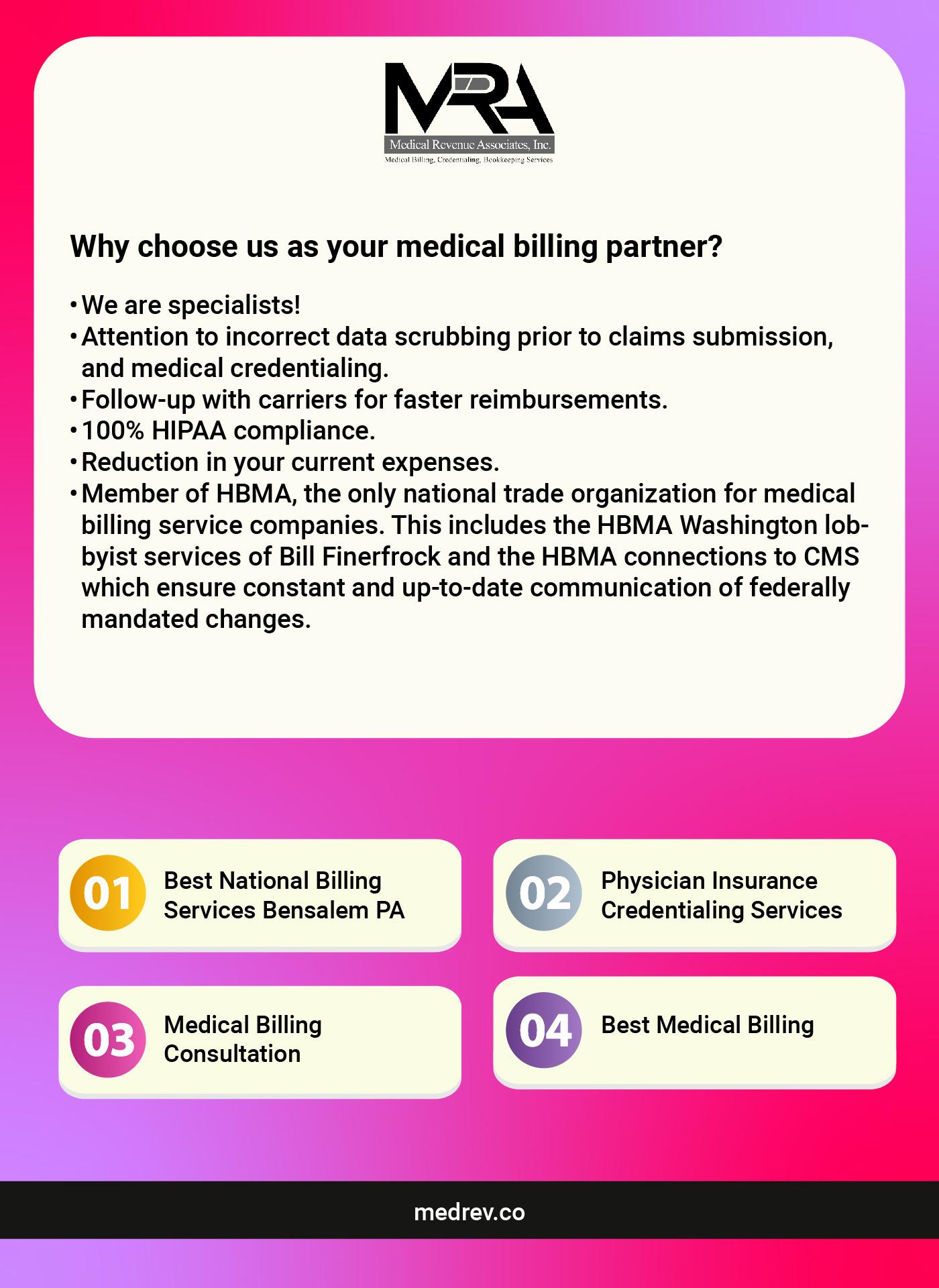In the vast landscape of insurance, where promises of protection and peace of mind dance in a delicate balance with our budgets, a silent dilemma often looms: Are we unwittingly sacrificing coverage to save a few dollars on premiums? Picture this: you’re standing at a crossroads, one path leading to a seemingly more affordable monthly payment, the other to a comprehensive safety net that might cushion life’s unexpected tumbles. As we navigate the complex world of insurance policies, it’s easy to feel like we’re caught in a juggling act, trying to keep our finances afloat without letting go of essential coverage. So, let’s embark on a journey together, unraveling the intricacies of insurance choices, and explore whether the allure of lower premiums is worth the potential trade-offs. Welcome to a conversation that aims to illuminate, empower, and perhaps even transform the way you think about insurance.
Understanding the Trade-Off: Balancing Premium Costs and Coverage
In the quest for affordable insurance, it’s easy to overlook the delicate balance between cost and coverage. When you’re navigating this terrain, it’s crucial to understand that a lower premium might mean sacrificing essential protections. Consider the potential risks:
- Underinsured Perils: Cheaper policies often exclude certain events or offer limited coverage, leaving you vulnerable when you need support the most.
- Higher Deductibles: While a lower premium can ease your monthly budget, it might lead to higher out-of-pocket costs when filing a claim.
- Reduced Benefits: Policies with lower premiums might cap benefits or have stricter limits, impacting the financial assistance available during emergencies.
When weighing your options, it’s essential to look beyond the immediate savings. Ask yourself: Are the savings worth the potential gaps in coverage? A thoughtful evaluation of your needs and the risks you face can guide you to a decision that ensures peace of mind without breaking the bank.

Unveiling the Hidden Risks of Underinsured Policies
In the pursuit of lowering monthly expenses, many individuals opt for insurance policies with reduced coverage. While this might seem like a savvy financial decision, it can lead to unforeseen challenges. Underinsured policies often leave policyholders vulnerable to substantial out-of-pocket costs in the event of a significant claim. Imagine the aftermath of a natural disaster or a major health crisis, only to discover that your policy falls short in covering the damages or medical expenses. This is a common pitfall that many find themselves in when they prioritize premium savings over comprehensive protection.
Consider these potential risks associated with underinsured policies:
- Inadequate coverage for major incidents: Essential coverage gaps can leave you financially exposed.
- Increased financial strain: Unexpected expenses can lead to debt or depletion of savings.
- Stress and uncertainty: Constant worry about whether your policy will cover potential claims.
By carefully reviewing your policy and weighing the long-term implications, you can strike a balance between affordability and security. Remember, the peace of mind that comes with comprehensive coverage is invaluable.

Smart Strategies for Maximizing Coverage Without Breaking the Bank
Finding the sweet spot between affordability and comprehensive coverage can feel like walking a tightrope. However, there are smart ways to ensure you’re protected without emptying your wallet. Start by evaluating your current policy and identifying any unnecessary add-ons. Often, policies come bundled with features that may not be relevant to your needs, so trimming these can lead to significant savings.
- Bundle Policies: Consider consolidating your insurance policies with a single provider. Many insurers offer discounts when you combine auto, home, or other coverages.
- Increase Deductibles: Raising your deductible can lower your premium. Just ensure you have enough savings to cover the deductible if you need to file a claim.
- Shop Around: It pays to compare quotes from different insurers. Use online tools to quickly assess multiple options and find the best deal.
- Leverage Discounts: Take advantage of available discounts, such as those for good driving records, home security systems, or even paying your premium annually.
By strategically adjusting your policy, you can enjoy robust coverage while keeping your budget intact. Remember, the goal is to protect yourself against significant risks without compromising your financial stability.

Expert Tips to Customize Your Insurance for Optimal Protection
When it comes to insurance, one size doesn’t fit all. Tailoring your coverage to fit your unique needs is crucial for ensuring you’re fully protected. Here are some expert tips to help you strike the right balance between cost and coverage:
- Evaluate Your Risks: Begin by assessing your lifestyle, assets, and potential liabilities. This helps in identifying areas where you might need more coverage.
- Bundle Policies: Consider bundling different types of insurance with the same provider. This often leads to discounts without sacrificing coverage.
- Adjust Deductibles: Increasing your deductibles can lower premiums, but ensure that you can comfortably afford the deductible amount in case of a claim.
- Regular Reviews: Life changes, such as buying a new home or starting a family, can affect your insurance needs. Schedule regular reviews with your insurer to keep your coverage up to date.
Customizing your insurance isn’t just about cutting costs—it’s about making sure that your policy grows with you, offering peace of mind and optimal protection.

